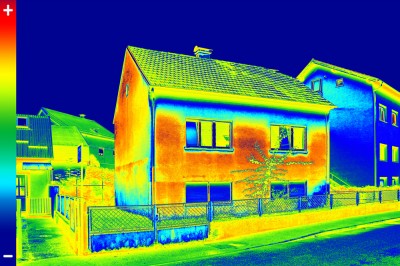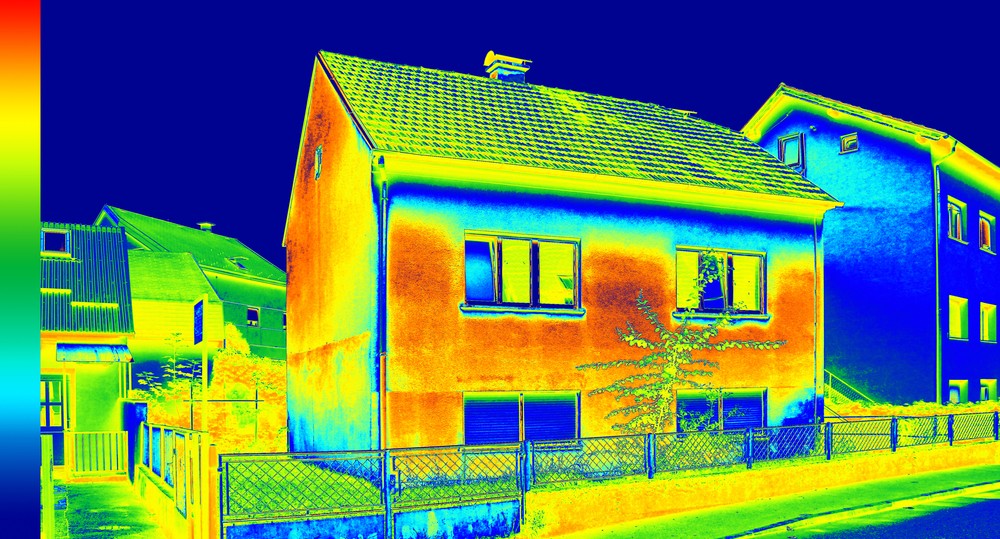Simon Cran-McGreehin discusses steps for improving the thermal energy efficiency of buildings, ahead of the launch of a new ERP report

- The ERP’s report on buildings will be published in early October 2016, highlighting steps for improving the thermal energy efficiency of buildings,
- Cost-effective options are available to reduce the demand for space heating through fabric energy efficiency, but uptake of these opportunities has been limited. Regulatory standards for buildings’ fabric in new buildings lag behind leading practice, with new homes allowed three times the heat demand of “Passivhaus” standards. Retrofits of existing buildings have large technical scope for emissions reductions, with the average UK home using five times as much heat as a leading practice “EnerPhit” retrofits. The non-domestic sector has some different challenges to the domestic sector, with a wider range of buildings and uses, but it too lags behind leading practice for new and existing buildings.
- Ambitious improvements to fabric energy efficiency are challenging for many existing buildings, but should be considered wherever possible and affordable, because if major improvements are not made, the UK could be left with a residual heat demand that is too large for its low-carbon heat sources. The UK would face an insurmountable back-log of retrofit projects, including to upgrade new buildings that have missed the opportunity to adopt leading practice from the start. To address the current slow rate of improvements (the “uptake gap”) the UK must aim for leading practice in new buildings, and must accelerate the deployment of retrofit solutions for existing buildings.
- Improving uptake of improvements is not enough: often when improvements are attempted, there is an unrealistic expectation of the impacts (the “prediction gap”) and an under-delivery in actual performance (the “performance gap”). Experts within the new-build and retrofit sectors have repeatedly proposed solutions to these problems, apparently to little avail against competing pressures. This contrasts with the electrical appliances sector: the uptake gap is small because regulations keep up closely with leading performance; the prediction gap is small due to ease of testing; and the performance gap is small due to high quality work and due to regulations that are not necessarily more numerous but that are enforced effectively.
- Steps are needed to address the gaps for space heating, but pragmatically, without pursuing spurious precision or allowing “the best to become the enemy of the good”. Deployment must continue for measures that are known to bring benefits, even if exact impacts are uncertain; and early stages of deployment should be treated as a “safe learning environment”. For improving the quality of work, the Bonfield Review was commissioned to consider issues for retrofit. For new-build, all customers are already paying the costs for stipulated energy performance, but only some are receiving the intended benefits: the sector does not necessarily need more energy regulations, but rather more effective regulation through better use of tests and enforcement.
- The ERP’s upcoming report will include recommendations for increasing the uptake of thermal efficiency measures, improving the accuracy of our predictions of the outcomes, and improving the performance that is delivered in practice.

